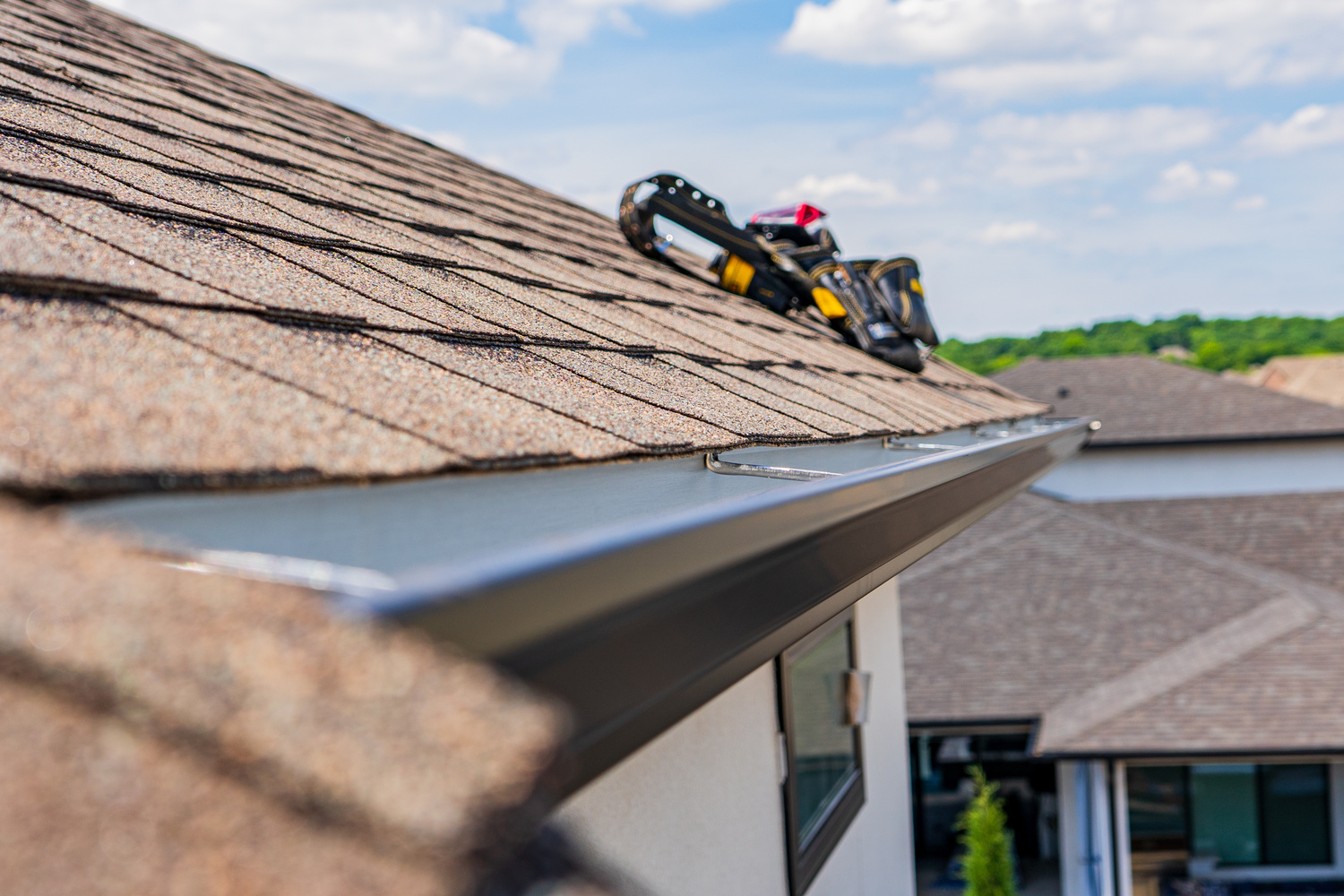The unsung hero of household installations, gutters perform the critical task of diverting water away from your home’s foundation. But what goes into ensuring that these essential systems are installed correctly and effectively? Dive in to discover the ins and outs of gutter installation.
Understanding the Importance of Gutters
Your home is an investment; just like any investment, it requires protection. Gutters are specifically designed to direct rainwater off the roof and away from your home. By doing so, they:
-
Prevent Soil Erosion
Without gutters, rainwater can pour off your roof, leading to soil erosion around your home. This not only tarnishes your landscape but can also weaken the foundation of your home.
-
Protect Your Home’s Exterior
Cascading rain can damage paint, siding, and windows.
-
Prevent Basement Flooding
Gutters prevent water buildup around your house, stopping potential leaks and flooding.
Choosing the Right Gutter System
Before the actual installation begins, you need to decide on the type of gutter system most appropriate for your home. Here are the primary considerations:
- Material: Gutters are available in various materials like aluminum (most common), copper, steel, and vinyl. Each has its pros and cons. For instance, aluminum is rust-resistant and lightweight, whereas copper is more durable but also more expensive.
- Size and Style: The size and style of your gutters should match your home’s aesthetic and the amount of rainfall it typically receives. The most common styles are K-style and half-round.
- Seamless vs. Sectional: Seamless gutters are continuous and are less likely to leak, whereas sectional gutters are assembled from separate pieces.
Proper Installation Techniques
Proper gutter installation is vital to ensure their longevity and functionality. Here are the steps gutter installers involved in the process:
- Measurement and Planning: Measure your roof’s size and shape to determine how much guttering you’ll need. Plan where downspouts will be placed for effective water diversion.
- Setting the Pitch: Gutters should not be level. They need a slight pitch, typically 1/16 inch per foot, to ensure that water flows toward the downspouts.
- Hanging the Gutters: Use gutter hangers to attach them to your house’s fascia. Ensure they’re spaced appropriately (typically every 24 to 32 inches) to handle the weight of full gutters.
- Installing Downspouts: Downspouts should be securely fastened to the side of the house and lead at least 5-6 feet away from the foundation. This ensures that water is directed away from your home’s foundation.
- Sealing: Ensure that all seams and joints are sealed properly to prevent leakage.
Maintenance Matters
Even the best-installed gutters require maintenance. Regular cleaning is a must, especially in the fall when leaves tend to clog the system. Check for any signs of rust, cracks, or leaks. Installing leaf guards can minimize the need for frequent cleanings.
Conclusion
Gutter installation may seem straightforward, but the nuanced choices and techniques involved make it a blend of art and science. With proper installation and regular maintenance, gutters can protect your home for years, ensuring that your abode remains a safe sanctuary against the unpredictable forces of nature.

















